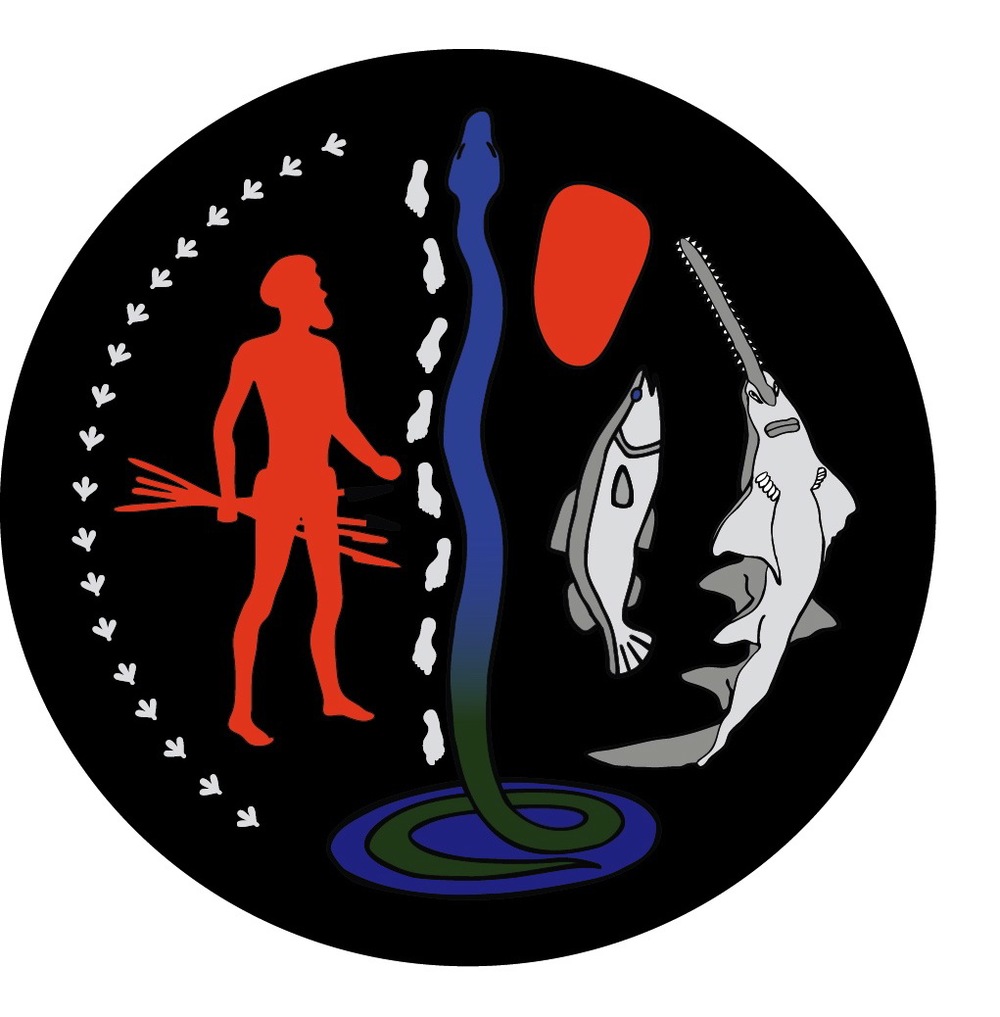Our history
Maduwarra, the Fitzroy River, keeps our people alive. It's the lifeblood of Nyikina Mangala country and was formed by Woonyoomboo back in the Dreamtime when the world was still soft. Since then, we’ve known how to look after country, we’ve known the right names for our places, and we’ve passed Woonyoomboo’s laws along from generation to generation for thousands of years.
Our first real experience of ‘kartiyas’, or whitefellas, came through the establishment of the pastoral industry in the Kimberley following Alexander Forrest’s report of 1884, describing 40,000 square kilometers of available grazing for sheep and cattle.
The next fifty years were incredibly hard on our people, with plenty of station managers quick on the whip, quick to deliver hidings and quick on the trigger. Gradually Nyikina Mangala people began to work on the stations, where we were given basic rations and clothes in exchange for long hours fencing, droving, shearing and breaking horses. A lot of good men and women never got paid. During this time, a lot of Aboriginal people had accidents with horses and bullocks. We received no compensation.
In the late 1960s we were pushed off the stations and into the towns. At that time, Marra Worra Worra helped to sort out rations and pensions. Throughout the ‘70s we began to get organised, we heard that in the Territory the mob were setting up Land Councils. “That’s what we need here,” we said. Our old people, including senior Nyikina Mangala people, set up the Kimberley Land Council (KLC) as a political land rights organisation. The first Chairman was Frank Chulung, then Jimmy Beindurry, then Darryl Kickett, then John Watson.
This was also around the same time as the Noonkanbah dispute, and Noonkanbah was the setting for one of the most powerful land rights movements in Australia. Under the leadership of Malaga Nipper Tabagee, we fought the exploration company Amax that wanted to drill for oil on our sacred sites. It wasn’t just Nyikina Mangala people fighting, but people came from all over Australia to support us. We stood in front of the trucks and we demonstrated hard.
First contact isn’t distant history for our people. Some of our old people walked out of the desert in this lifetime. From first contact to now—Nyikina Mangala people have fought hard for land rights, social justice and equality. A senior cultural leader in the Kimberley once said, ‘On my left is our past and all of our culture, our heritage and my history. On the right is my future, my children and my grandchildren. I am in the middle making sure that the best of my past and my culture is kept strong as we make our way into the future.’
This is what the Walalakoo Aboriginal Corporation Directors, our Heritage and Culture Advisory Committee and our Caring for Country Advisory Committee are striving to do.


